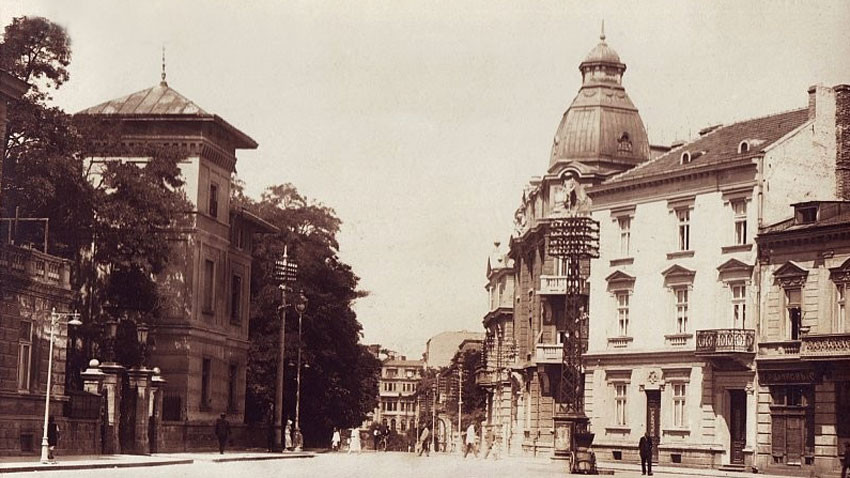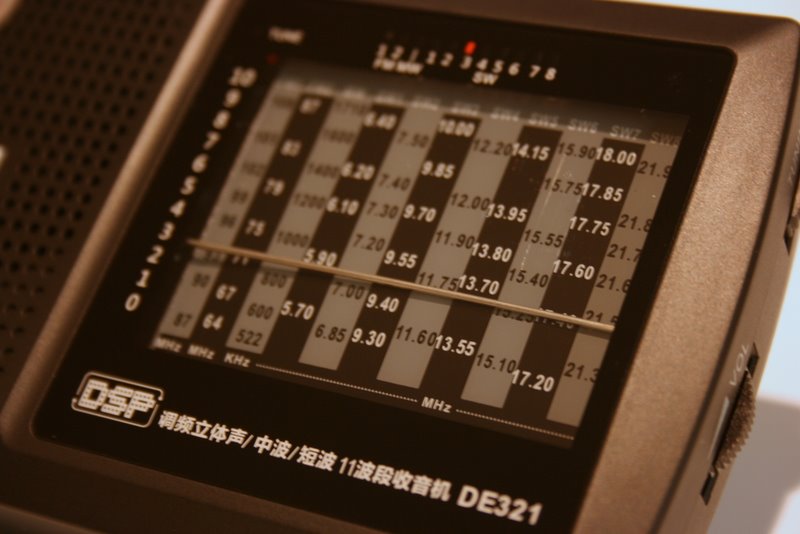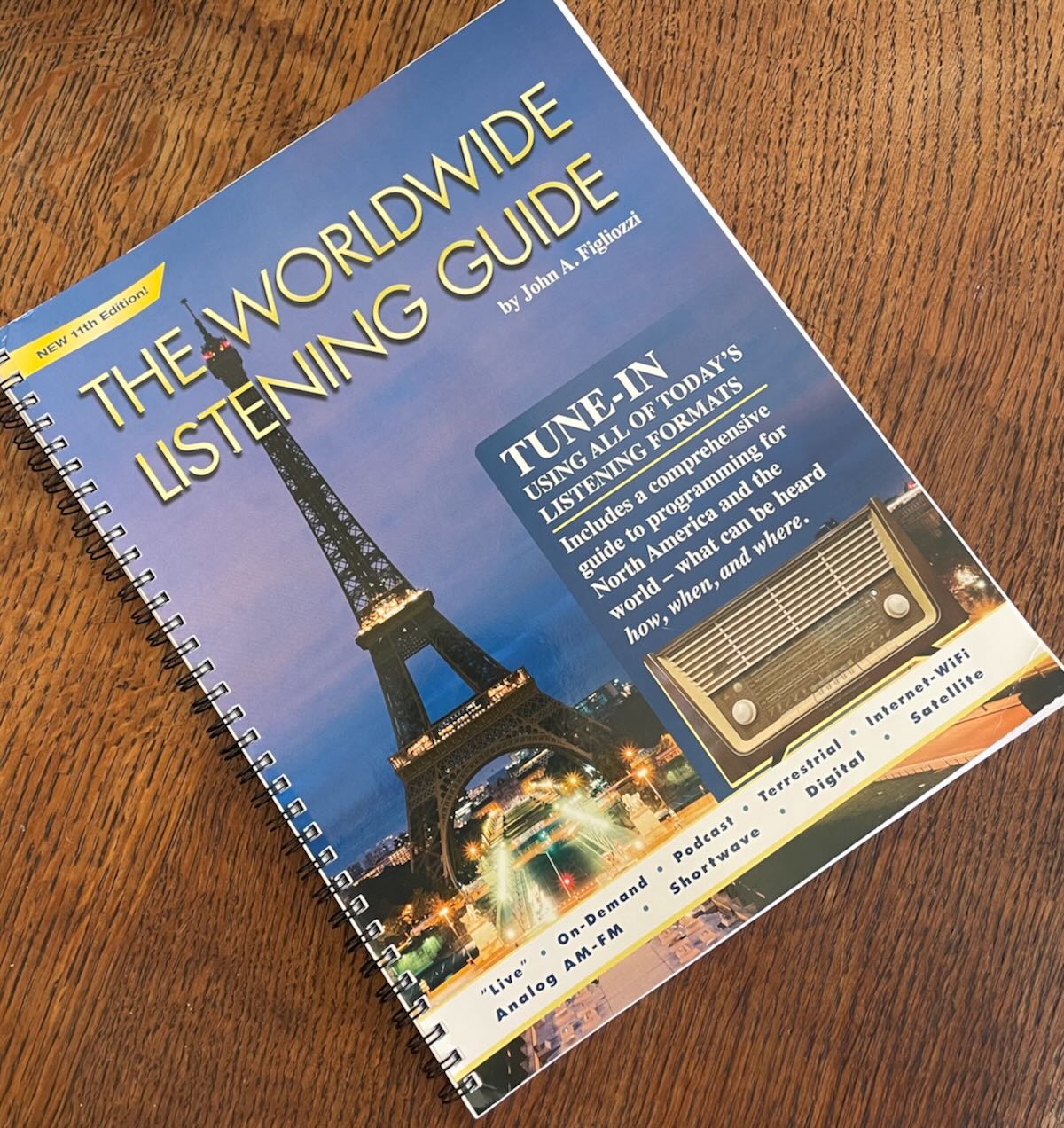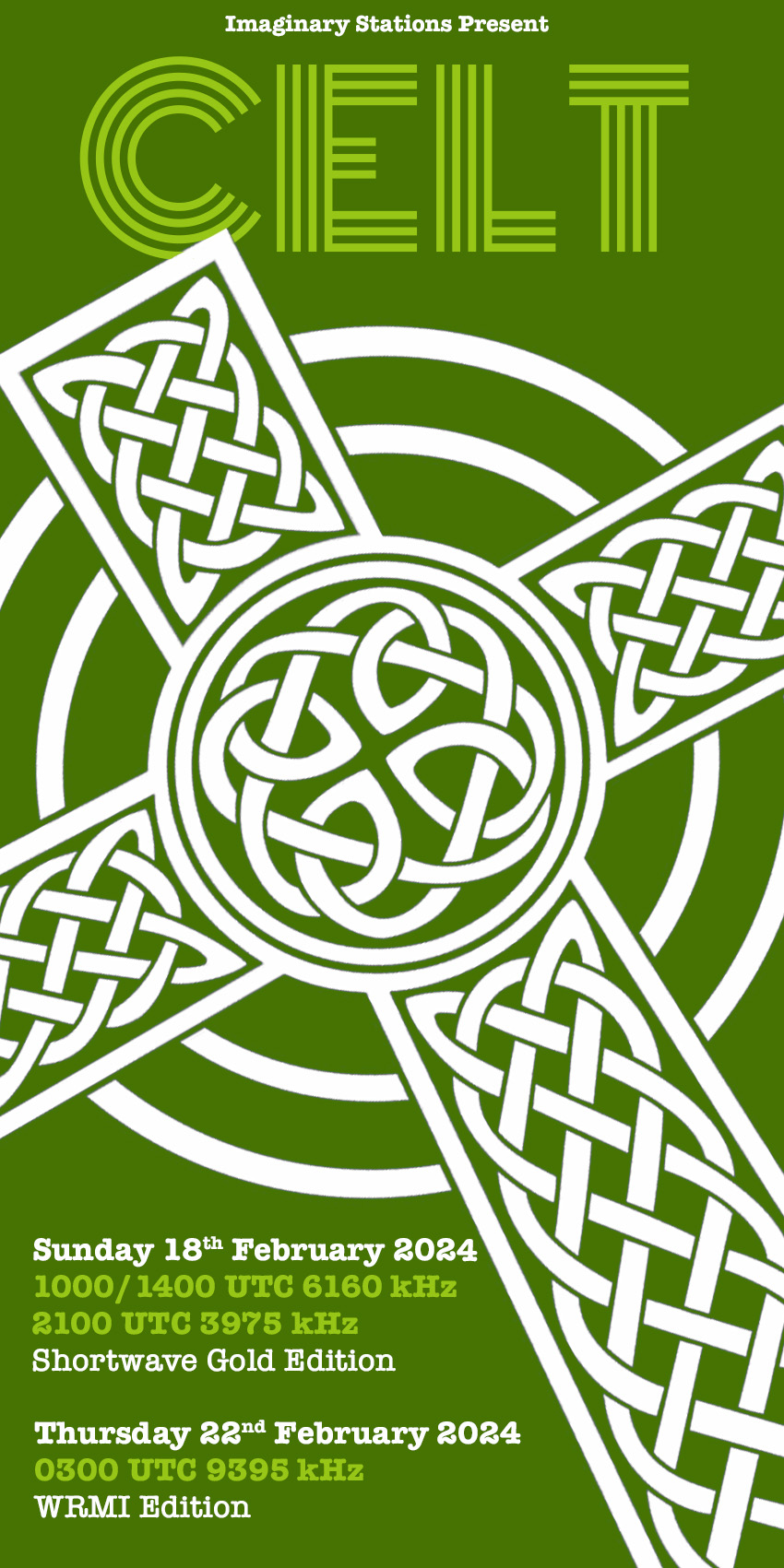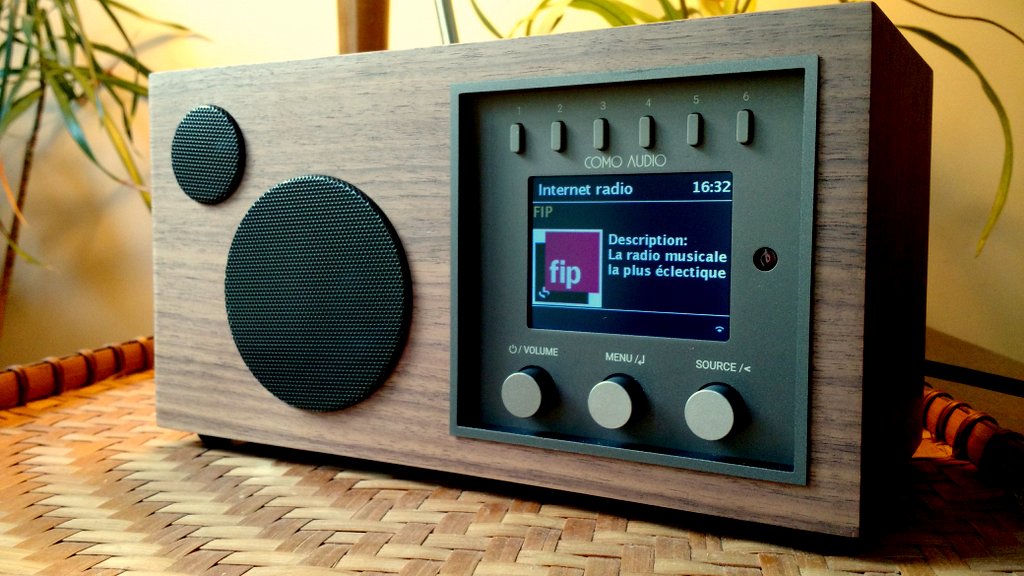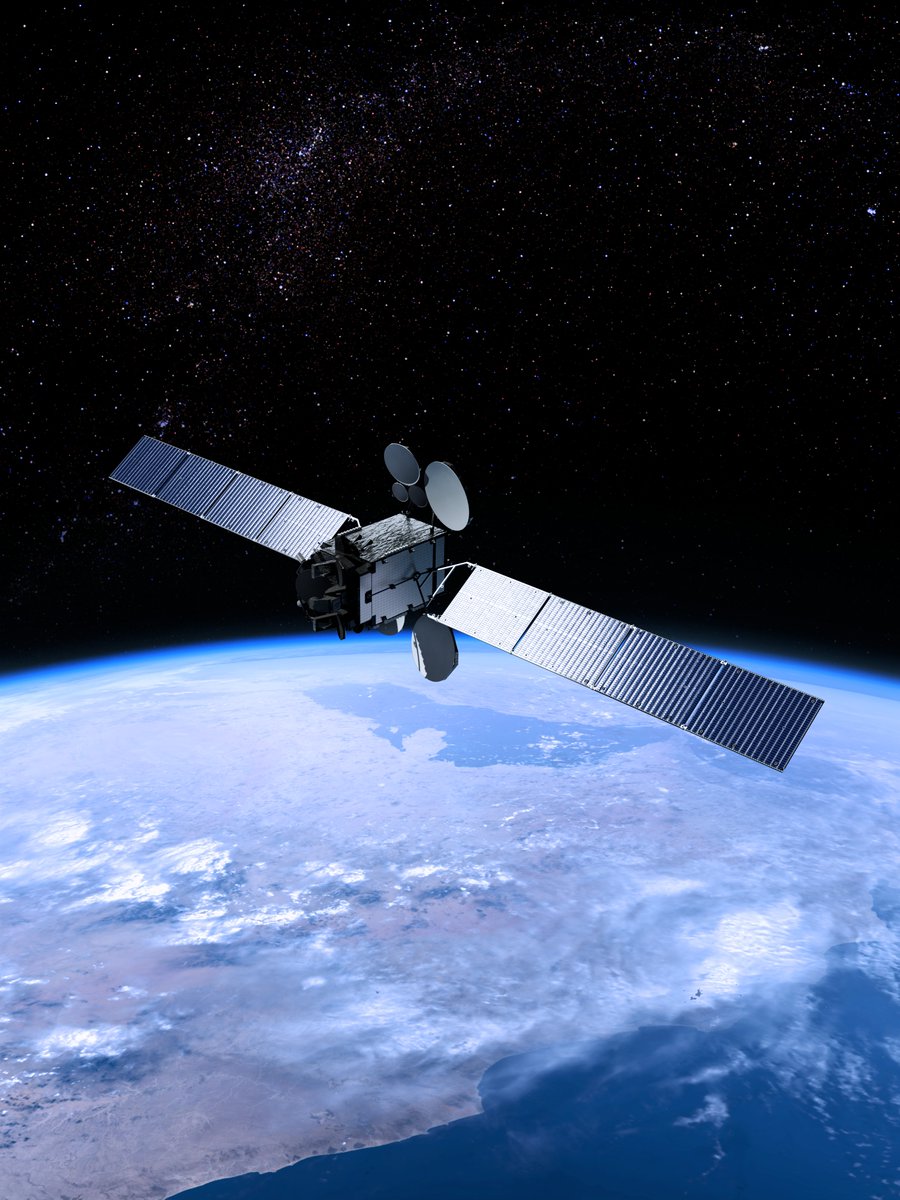Many thanks to SWLing Post contributor, Marty, who shares the following article from The Conversation:
100 years of radio in Africa: from propaganda to people’s power (The Conversation)
Radio is thriving across Africa. Exact figures are difficult to come by because audience research differs across countries. But studies estimate radio listenership to be between 60% and 80% of the continent’s 1.4 billion population.
In contrast to many western countries, where there has been a shift towards streaming and podcasts, traditional radio continues to be widely embraced in Africa. Because of poor literacy levels and uneven access to the internet and technological infrastructure, old-fashioned radio remains a reliable and inclusive medium.
This year’s celebration of the 100-plus years of radio offers us an opportunity, as African media scholars, to reflect on the historical significance, cultural relevance, political power and social impact of the medium on the continent. We home in on examples from the regions we’ve studied to demonstrate this rich history.
Early years
The story of radio in Africa starts with its introduction to serve colonial interests. Cameroonian scholar Francis Nyamnjoh argues that as soon as it had established itself as a mass medium in the 1920s,
European states were quick to realise the part radio could play in realising their desire to swallow up weaker cultures around the globe.
Historians note that it also allowed Europeans in the colonies to connect to home, their culture and their languages.
In the early 1920s amateur radio enthusiasts had already begun tinkering with the technology. The first official broadcast seems to have been on 18 December 1923 in Johannesburg, South Africa. [Continue reading at The Conversation…]


